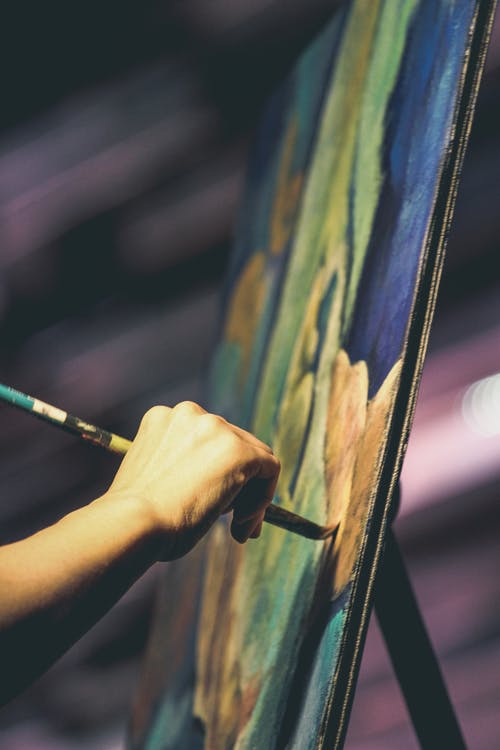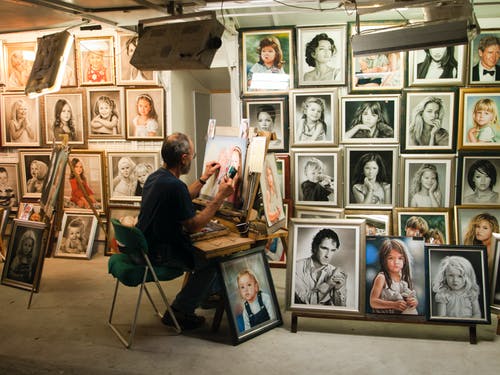Addiction treatment transcends just purging or pumping out chemicals from the patient’s body system, it involves a series of behavioural modifications. These modifications can be achieved through Art Therapy.
Art therapy has been used from time immemorial to complement addiction recovery treatments. They serve to drive the psychological component of recovery by providing an emotional outlet and a means of self-expression for addicts. it can help turn a negative experience into a positive one, utilizing self-expression and creativity.
Patients are often encouraged to express feelings or experiences that are too painful or shameful to articulate through visual art. Visual art can be expressed through ink, paint, clay, or other media.
It is not necessary to have a background in the visual arts or artistic talent to participate; individuals only need to be open to the experience and to engage actively to benefit from these sessions.

Common visual art activities Recovery patients can take up include
- Painting
- Drawing
- Colouring
- Sculpting
- Scrapbooking
- Collages
- Photography
- Digital Art
Usually, the art therapist is there to validate their experience and help the patient reflect. Some questions they might ask about a completed work might include:
What were you thinking about while creating this piece?
Did you have any strong emotions?
Are there any words that you associate with this piece?
How does this piece relate to your healing?
Patient’s response to these questions is then used to evaluate progress of the patient and make further adjustments if necessary.
